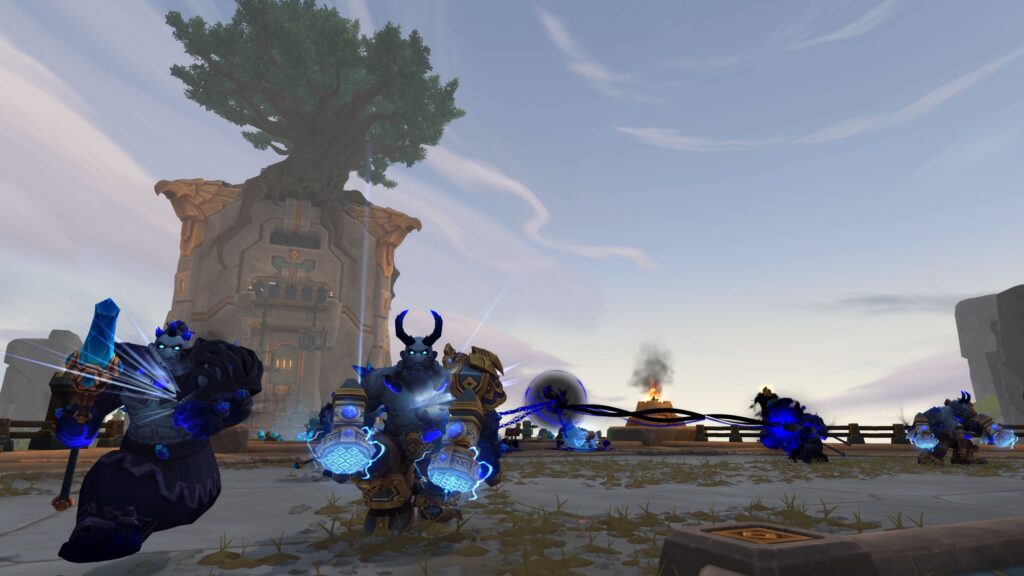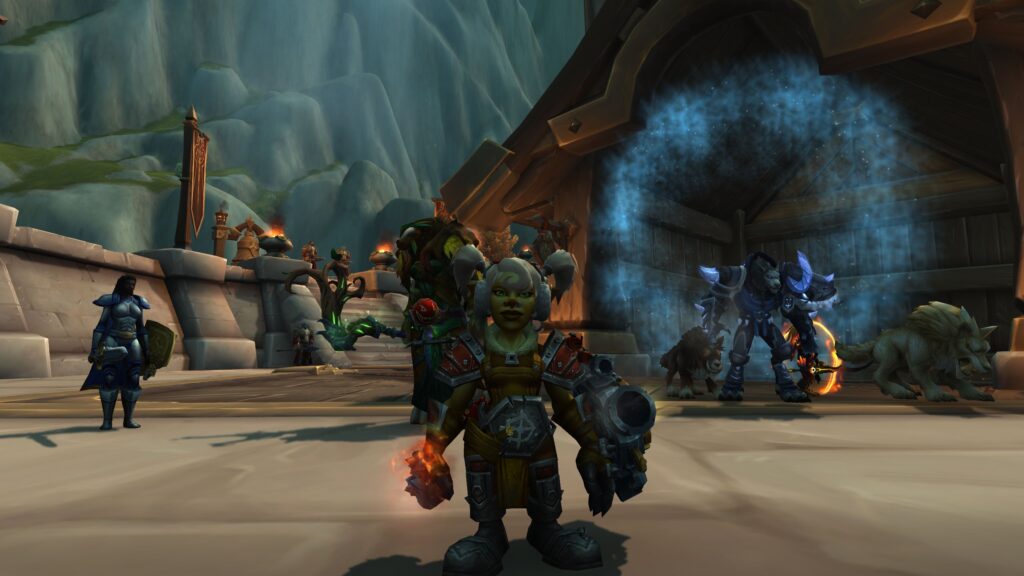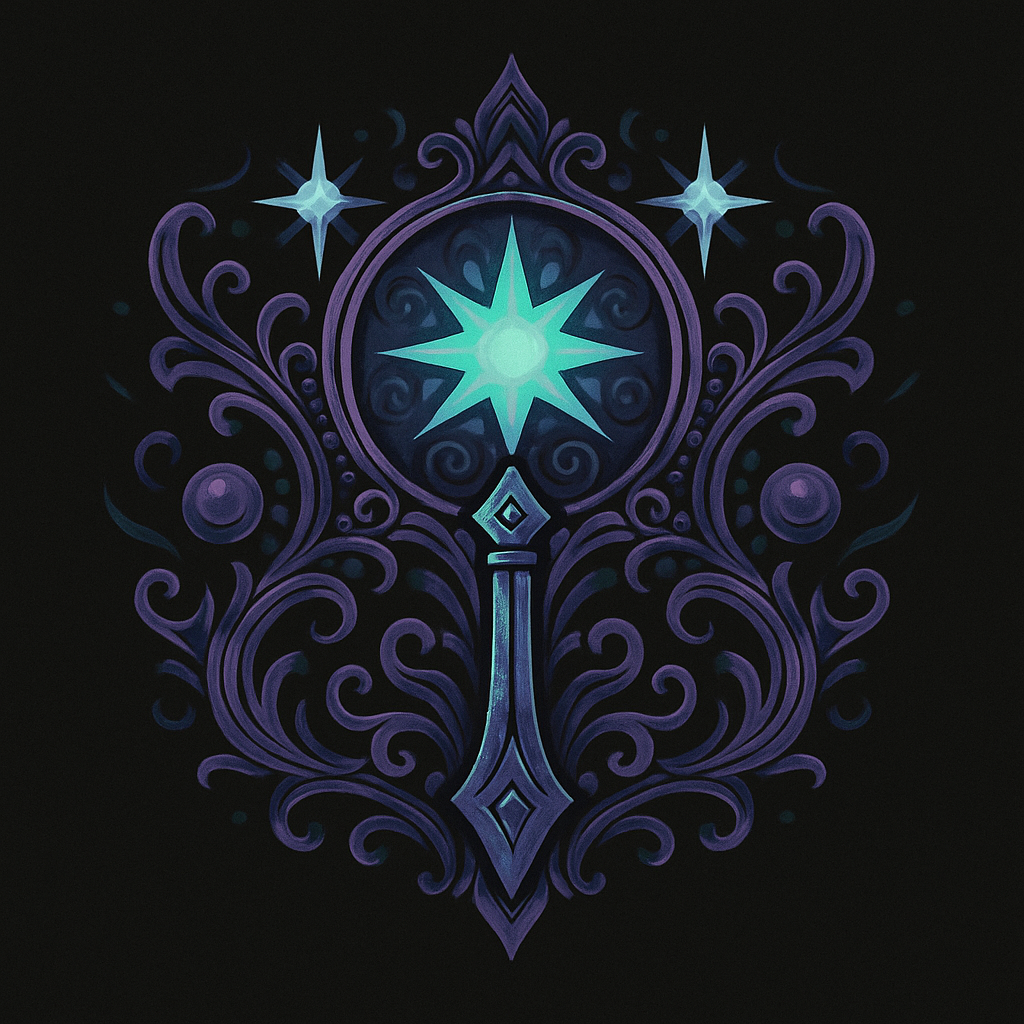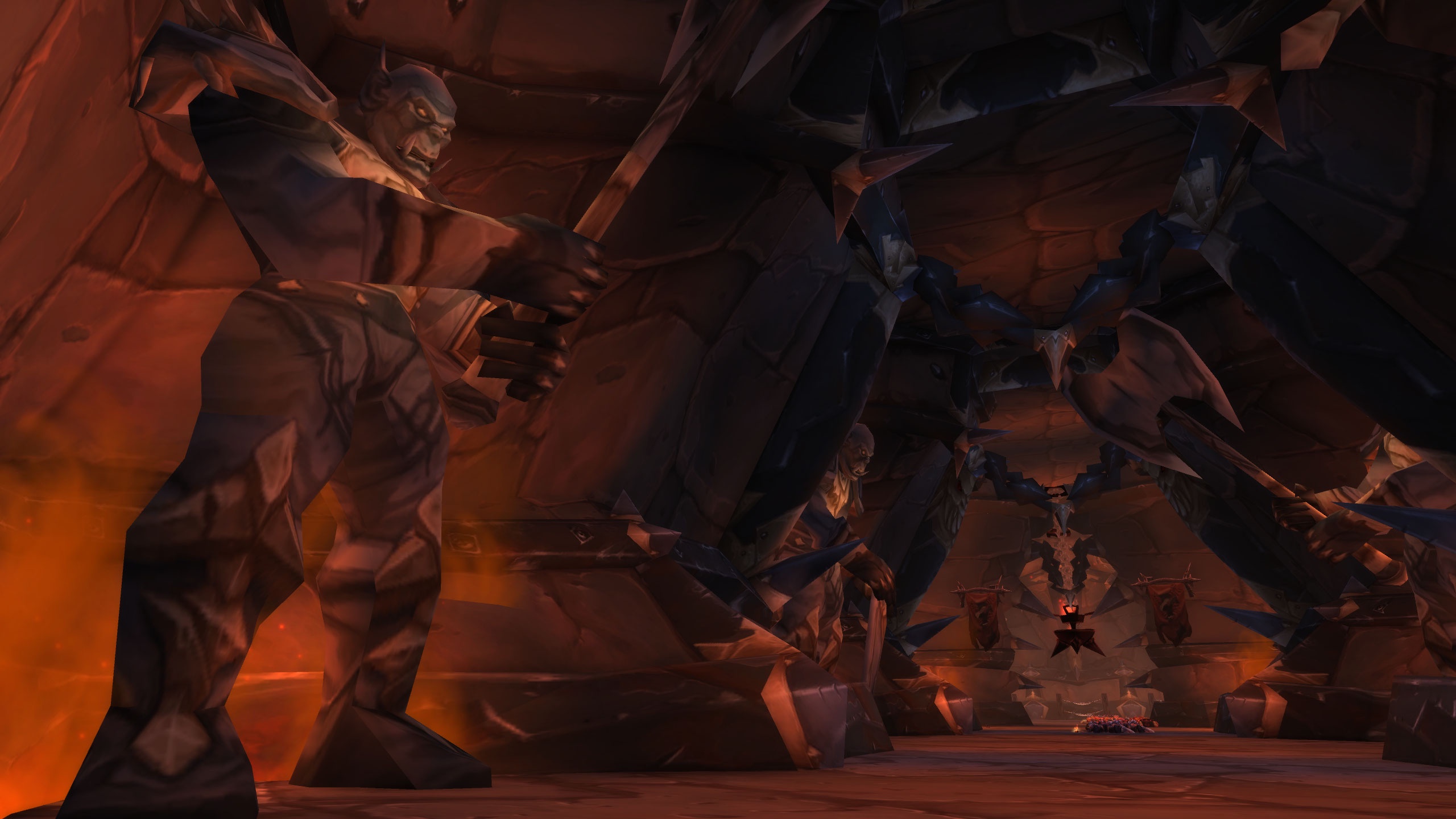World of Warcraft’s Dungeon Finder and Group Finder tools revolutionized how players interact with each other and approach group-based content. Introduced to make finding groups easier and more efficient, these features have had a profound impact on gameplay, social dynamics, and accessibility. In this article, we’ll explore the history, advantages, and criticisms of these tools, and how they’ve shaped the WoW experience.

The Evolution of Group-Finding in WoW
Before the Dungeon Finder was introduced in Wrath of the Lich King, finding a group for dungeons or raids was a manual process. Players would use trade chat to advertise roles, spending significant amounts of time assembling a group. This system, while immersive, often left players frustrated when they couldn’t find the right team composition or had to wait long hours.
- Vanilla WoW: Group-finding relied entirely on player communication through general and trade chat.
- The Burning Crusade: Blizzard introduced the LFG (Looking for Group) interface, which was limited in scope but paved the way for future improvements.
- Wrath of the Lich King: The Dungeon Finder debuted, automating the group-finding process and allowing cross-realm grouping for faster matchmaking.
- Warlords of Draenor: The Group Finder expanded to include raids, PvP, and world events, providing a more comprehensive tool for group-based activities.
The Benefits of Dungeon Finder and Group Finder

These tools brought significant advantages, particularly for players with limited time or those who struggled to find groups on their servers. Here’s how they improved the game:
| Benefit | Impact |
|---|---|
| Increased Accessibility | Players can now join dungeons or raids regardless of server population, thanks to cross-realm functionality. |
| Reduced Waiting Time | The automated matchmaking system drastically reduces the time it takes to form groups. |
| Inclusivity for New Players | Newer players can access group content without needing extensive social connections or guilds. |
| Convenience | Players can queue while engaging in other activities, such as questing or crafting. |
The Criticisms of Automated Grouping Tools

While the Dungeon Finder and Group Finder made group content more accessible, they also introduced some unintended downsides that have sparked debate within the WoW community:
- Reduced Social Interaction: With automated group formation, players no longer need to communicate as much, leading to a decline in server-based friendships.
- Cross-Realm Anonymity: Playing with strangers from other realms often reduces accountability, as players may behave poorly without fear of consequences.
- Loss of Immersion: The streamlined nature of these tools takes away the organic process of assembling groups through interaction and exploration.
- Focus on Efficiency: The ease of finding groups has led to a more “rush-focused” mentality, where players prioritize speed over teamwork or enjoying the content.
How Group Finder Tools Continue to Evolve

Blizzard has made adjustments to these tools over the years, addressing some of the criticisms while maintaining their core functionality. Key improvements include:
| Update | Feature | Effect |
|---|---|---|
| Premade Groups (Warlords of Draenor) | Allows players to manually browse and join specific groups for raids, Mythic+ dungeons, and PvP. | Encourages more communication and accountability among group members. |
| Mythic+ Dungeon Finder | Specialized for high-level dungeons, offering filters for keystone levels and roles. | Provides a balance between convenience and skill-based grouping. |
| Community Integration | Groups can now be tied to in-game communities or guilds for easier coordination. | Encourages long-term relationships and teamwork. |
| Cross-Faction Grouping | Allows Alliance and Horde players to group for certain content. | Expands group options and reduces faction-based limitations. |
Conclusion
The Dungeon Finder and Group Finder tools have fundamentally changed how World of Warcraft players engage with group content. While they’ve made dungeons and raids more accessible than ever, they’ve also altered the social dynamics that originally defined WoW’s community. As Blizzard continues to refine these features, striking a balance between convenience and social interaction remains a priority. Whether you’re a casual player looking for a quick dungeon run or a Mythic+ raider seeking a skilled team, these tools ensure that there’s always a way to find a group and dive into Azeroth’s challenges.
Home

